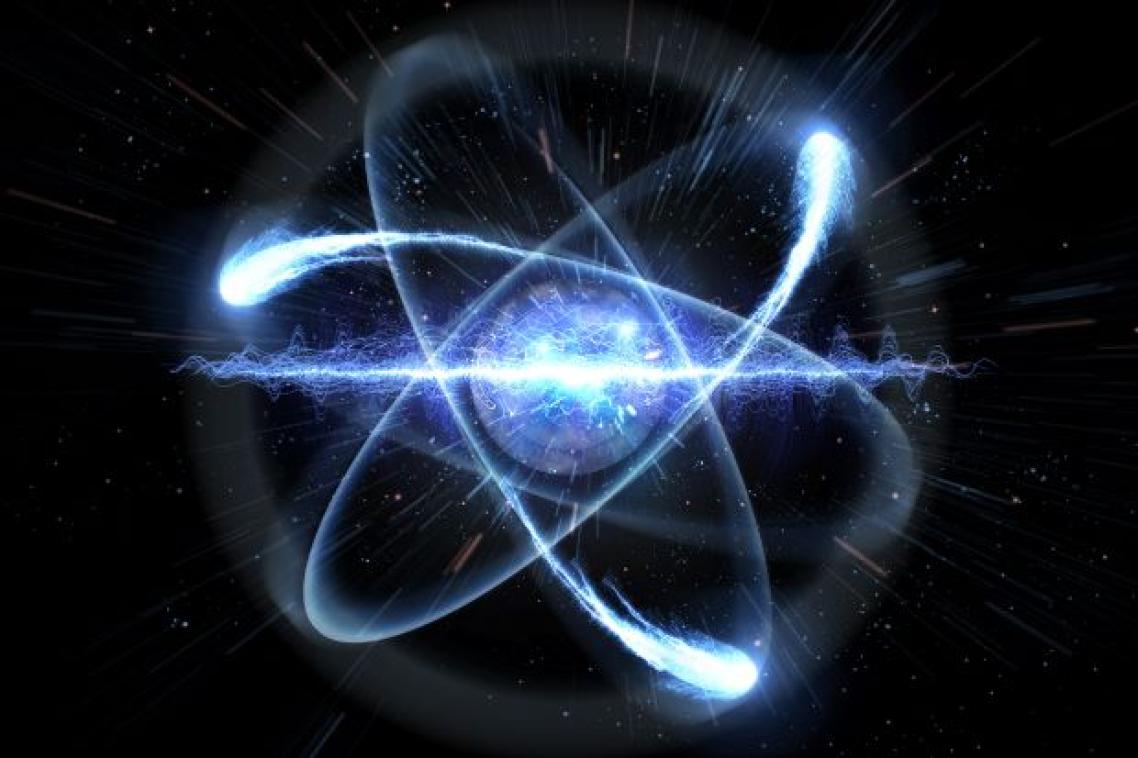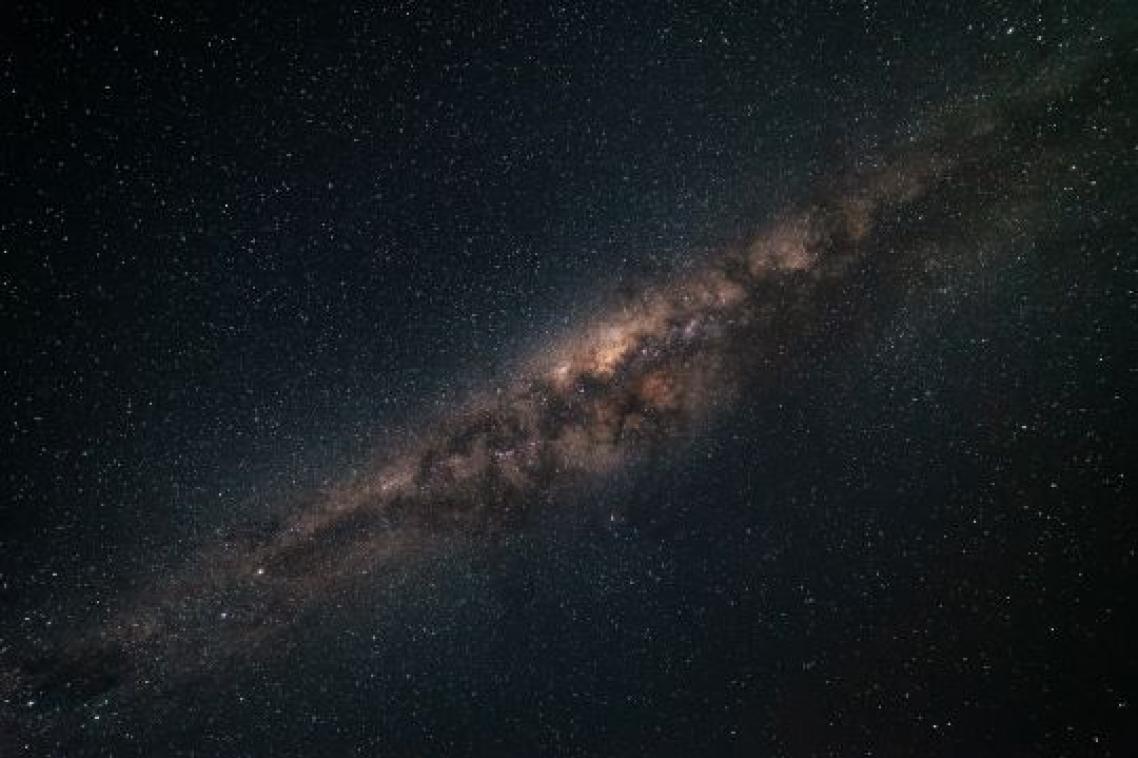Dancing dwarf galaxies predict our Milky Way's future
Key points
- A UQ survey studied the evolution of twin spiral galaxies about 3 billion years ahead of the Milky Way and Andromeda in merging.
- It found they could also combine like a dance with the closely located dwarf satellites rotating around them.
- The researchers say their observations suggest current cosmological simulations need to be overhauled.
Dr Sarah Sweet from the School of Mathematics and Physics is leading Delegate, a collaborative survey with the Australian National University’s Research School of Astronomy and Astrophysics among others, which aims to understand if the evolution of Earth’s home galaxy is typical of what is seen in other parts of the Universe.
“The Milky Way will merge with Andromeda and their respective smaller dwarf galaxies in the next 2.5 billion years and while there has been a lot of research into what’s happening in our Local Group, we don’t know how typical it is,” Dr Sweet said.
“We studied 2 similar spiral galaxies that are about 3 billion years ahead of the Milky Way and Andromeda in merging.
“This paper shows these galaxies - NGC5713 and NGC5719 - combine as if they were dancing with the closely located dwarf satellites rotating around them.
“Without such a merger, the galaxies might remain in a randomly distributed cloud, not arranged in beautiful, coherent planes like those around the Milky Way and Andromeda.
“This may offer our clearest look yet at how structures like the Milky Way's satellite system form, and how they will evolve.
“Understanding our galaxy’s likely future helps us refine models of galaxy evolution, dark matter, and cosmic structure and beyond that, it gives us perspective.
“We are part of a much larger cosmic story, one that unfolds over billions of years, involving dances of galaxies and the shaping of the universe itself.”
Several papers will be published as part of the Delegate survey to confirm the galaxy evolution findings.
Research paper lead, ANU Professor Helmut Jerjen said the researchers were comparing our local galaxy group to other twin-like systems.
“We will test whether the Milky Way and Andromeda Local Group is a poster child or a cosmic outlier,” Professor Jerjen said.
“Until we know this, our ability to generalise findings from the Local Group of galaxies to understand galaxy evolution in a broader cosmological context is hampered.
“For example, there is persisting tension between local galaxy group observations and the world’s most sophisticated cosmological computer simulations, such as the observed placement of dwarfs preferentially in satellite planes around their hosts.
“These observations suggest we need to overhaul current simulations.
“Will the Milky Way begin its own dance with Andromeda with the smaller dwarf galaxies rotating around them? That’s what we want to find out.”
The research was published in Monthly Notices of the Royal Astronomical Society.
Topics
Related articles

Muonic atoms unlock new possibilities in nuclear physics

New technique to detect dark matter using atomic clocks and lasers
Media contact
UQ Communications
communications@uq.edu.au
+61 429 056 139
